About the Author
Originally from Melbourne, after graduating from university Kat moved to Japan, where she was an adventure tour guide and spent her time seeking out the local hotspots, eating mochi , and hiking whenever possible. A wise man climbs Mt Fuji; a fool climbs it twice is a popular Japanese saying so Kat climbed it seven times. From Japan she moved to Canada and then London, where she is now based. She quit her office job in 2013 to walk the Camino de Santiago and has never looked back. She has since completed numerous Caminos and walked over 10,000km around the world, including the Pacific Crest Trail and the Shikoku 88 Temple Pilgrimage, and is a registered Dual Pilgrim.
Other Cicerone guides by the author
The Camino Portugus
JAPANS KUMANO KODO PILGRIMAGE
THE UNESCO WORLD HERITAGE TREK
by Kat Davis
JUNIPER HOUSE, MURLEY MOSS,
OXENHOLME ROAD, KENDAL, CUMBRIA LA9 7RL
www.cicerone.co.uk
Kat Davis 2019
First edition 2019 Reprinted 2020 (with updates)
ISBN 9781852849726
A catalogue record for this book is available from the British Library.
All photographs are by the author unless otherwise stated.
 Route mapping by Lovell Johns www.lovelljohns.com
Route mapping by Lovell Johns www.lovelljohns.com
Contains OpenStreetMap.org data OpenStreetMap contributors, CC-BY-SA. NASA relief data courtesy of ESRI
Updates to this Guide
While every effort is made by our authors to ensure the accuracy of guidebooks as they go to print, changes can occur during the lifetime of an edition. Any updates that we know of for this guide will be on the Cicerone website (www.cicerone.co.uk/972/updates), so please check before planning your trip. We also advise that you check information about such things as transport, accommodation and shops locally. Even rights of way can be altered over time.
The route maps in this guide are derived from publicly available data, databases and crowd-sourced data. As such they have not been through the detailed checking procedures that would generally be applied to a published map from an official mapping agency, although naturally we have reviewed them closely in the light of local knowledge as part of the preparation of this guide.
We are always grateful for information about any discrepancies between a guidebook and the facts on the ground, sent by email to updates@cicerone.co.uk or by post to Cicerone, Juniper House, Murley Moss, Oxenholme Road, Kendal, LA9 7RL.
Register your book: To sign up to receive free updates, special offers and GPX files where available, register your book at www.cicerone.co.uk.
Front cover: Hatenashi settlement (Kohechi, Stage 4)
CONTENTS

Tall one-directional cedar trees at the entrance to Tsugizakura-oji (Nakahechi, Stage 1)
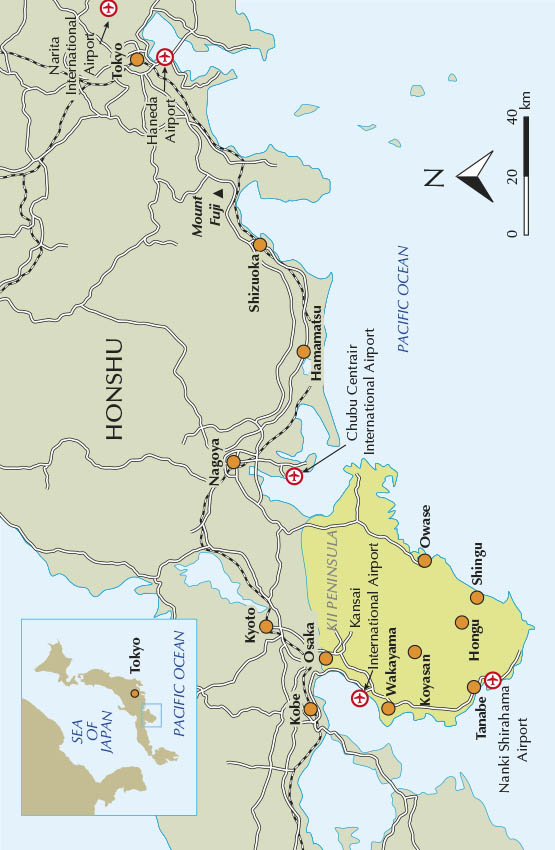
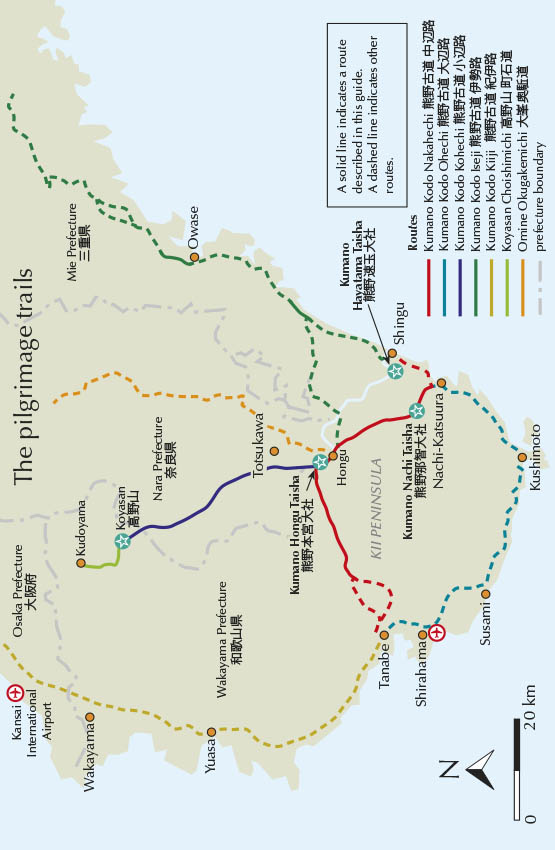


Springtime on the Kumano Kodo (Nakahechi, Stage 1)
ROUTE SUMMARY TABLES
Hongu loop
Nakahechi
Koyasan
Kohechi
Iseji highlights


Kumano Nachi Taisha
INTRODUCTION

Hatenashi settlement and a sea of mountains (Kohechi, Stage 4)
Imagine a journey in a remote, ancient and spiritual region of Japan. Hiking through an endless sea of mountains; tree-covered, with hidden valleys, waterfalls and traditional rural villages. After a day of invigorating walking, youve soaked in the steaming-hot onsen , dressed in a yukata and enjoyed a delicious meal of the freshest local produce in the company of strangers soon to be friends, before falling into a deep sleep on your futon.
The Kumano Kodo , literally old roads to Kumano (also known as the Kumano Sankeimichi), is a network of pilgrimage trails that traverse the rugged mountains of the Kii Peninsula, due south of Kyoto, to reach the three grand shrines of Kumano: Kumano Hongu Taisha, Kumano Hayatama Taisha and Kumano Nachi Taisha known collectively as the Kumano Sanzan.
Koyasan , the high mountain basin where Kobo Daishi established his Shingon school of Esoteric Buddhism in AD 816 and where he is said to be resting in eternal meditation, has been a major centre of pilgrimage for over 1200 years. This historic Buddhist complex is connected to the Kumano Sanzan via the Kumano Kodo Kohechi route.
In 2004, under the title Sacred Sites and Pilgrimage Routes in the Kii Mountain Range, Kumano Sanzan, Koyasan and Yoshino & Omine and their associated pilgrimage trails were awarded UNESCO World Heritage Status. As such, the Kumano Kodo joined the Camino de Santiago as one of only two UNESCO-listed pilgrimages in the world, and hikers who complete both can register as Dual Pilgrims. Whereas the Camino de Santiago is generally considered a long-distance route, the nature of the Kumano Kodo allows for pilgrimages of varying lengths, from single-day hikes to multi-week itineraries, depending on time and fitness.
History
Long known as a sacred site of nature worship and an abode of the gods, it was here in the ancient region of Kumano that the Hana-no-Iwaya boulder (see Iseji highlights Matsumoto-toge Pass) was revered as the grave of Izanami-no-Mikoto, the goddess creator of Japan according to Japans creation myth and the Nihon Shoki ( Chronicles of Japan , AD 720). Japans oldest book, the Kojiki ( Record of Ancient Matters , AD 712), records that it was also here that the legendary Emperor Jimmu (around 660 BC ), a descendant of the sun goddess Amaterasu, landed in the south of the peninsula. He was guided over the mountains by the mythical Yatagarasu (three-legged crow) that was sent from heaven, and discovered Nachi Falls on his way to Yamato (modern-day Nara), where he established rule as the first emperor of Japan.

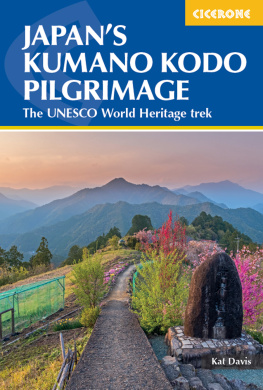



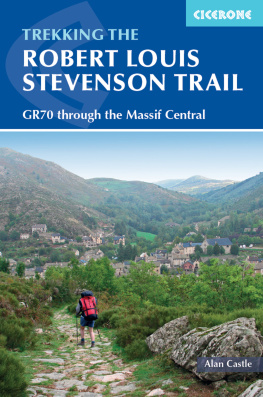
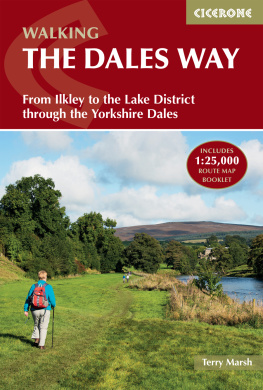
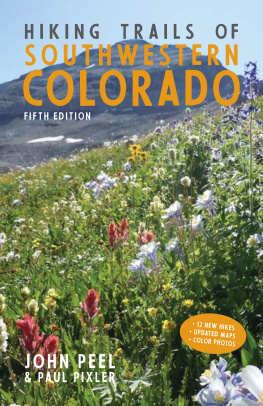
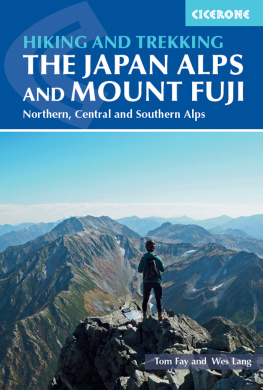
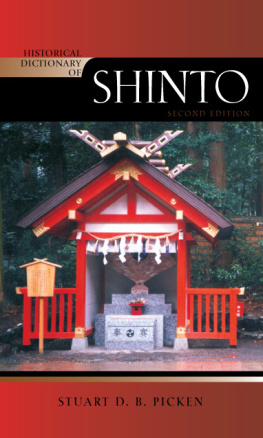



 Route mapping by Lovell Johns www.lovelljohns.com
Route mapping by Lovell Johns www.lovelljohns.com










